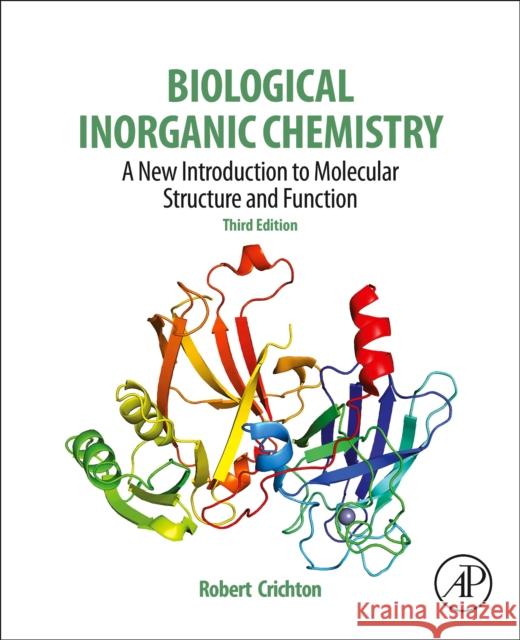Biological Inorganic Chemistry : A New Introduction to Molecular Structure and Function » książka
topmenu
Biological Inorganic Chemistry : A New Introduction to Molecular Structure and Function
ISBN-13: 9780128117415 / Angielski / Miękka / 2018 / 692 str.
Biological Inorganic Chemistry : A New Introduction to Molecular Structure and Function
ISBN-13: 9780128117415 / Angielski / Miękka / 2018 / 692 str.
cena 478,71
(netto: 455,91 VAT: 5%)
Najniższa cena z 30 dni: 477,72
(netto: 455,91 VAT: 5%)
Najniższa cena z 30 dni: 477,72
Termin realizacji zamówienia:
ok. 30 dni roboczych
Bez gwarancji dostawy przed świętami
ok. 30 dni roboczych
Bez gwarancji dostawy przed świętami
Darmowa dostawa!
Kategorie BISAC:
Język:
Angielski
ISBN-13:
9780128117415
Rok wydania:
2018
Ilość stron:
692
Waga:
1.40 kg
Wymiary:
19.1x23.5x0
Oprawa:
Miękka
Dodatkowe informacje:
Bibliografia
Wydanie ilustrowane
Wydanie ilustrowane











